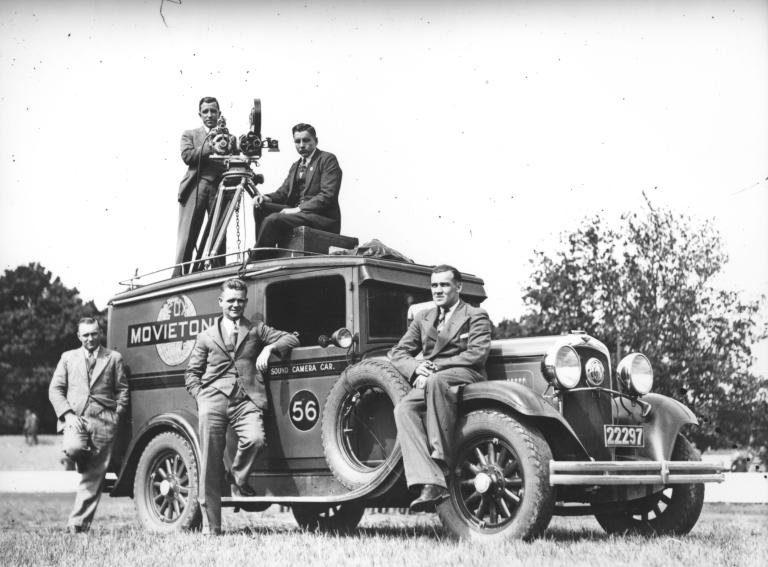

Newsreels - Cinesound Movietone
Newsreels - Cinesound Movietone
The Cinesound Movietone Australian Newsreel Collection held at the NFSA comprises 4,000 newsreels from 1929 to 1975.
It includes two competing cinema newsreels, Cinesound Review (1931 to 1970, 2,031 editions) and Fox Movietone News (1929 to 1970, 2,300 editions), as well as the Australian Movie Magazine (1970 to 1975, approximately 275 editions).
The newsreels are generally between 1 and 5 segments each, with some extended 'special editions’ that are up to 10 minutes in length.
They cover significant events in Australian social, cultural and political history.


The National Film and Sound Archive of Australia acknowledges Australia’s Aboriginal and Torres Strait Islander peoples as the Traditional Custodians of the land on which we work and live and gives respect to their Elders both past and present.


